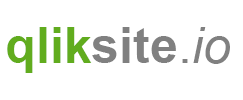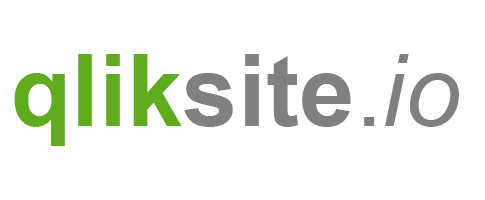When developing Custom Components you can fully leverage the power of Qlik's Capability APIs.
All you need is a reference to the Root API in the definition of your component:
define( [
'qlik'
], function ( qlik ) {
'use strict';
return {
name: "ccsMyComponent",
restrict: 'E',
link: function ( scope ) {
// You can now use qlik as the entry point to the Capability APIs
}
};
} );
Example using the Capability APIs
The following example will render some basic information about the current product version by just using the following HTML element:
<ccs-version-info></ccs-version-info>
The ccs-version-info.qext file:
{
"name": "ccs-version-info",
"description": "Example how to use Qlik's Capability APIs.",
"type": "component",
"version": "0.1.0",
"author": "Stefan Walther"
}
define( [
'qlik',
'text!./template.ng.html'
], function ( qlik, ngTemplate ) {
'use strict';
return {
name: "ccsVersionInfo",
restrict: 'E',
template: ngTemplate,
link: function ( scope ) {
var global = qlik.getGlobal();
// Retrieve the product version
global.getProductVersion( function ( reply ) {
scope.productVersion = reply.qReturn;
} );
// Retrieve the product
global.getQTProduct( function ( reply ) {
scope.qtProduct = reply.qReturn;
} );
// Retrieve if we are working in personal mode or not
global.isPersonalMode( function ( reply ) {
scope.isPersonalMode = reply.qReturn;
} );
}
};
} );
The template.ng.html file:
<div>
<b>Product Version: </b><br/>
<b>Product: </b><br/>
<b>Is Personal Mode:</b> <br/>
</div>
Hint:
AngularJS allows you to define the template for a directive either inline as string, by passing an object (which is used in the above example), or by pointing to a URL using the templateUrl property.
See more in the AngularJS Directives documentation.
In this tutorial
On this page

